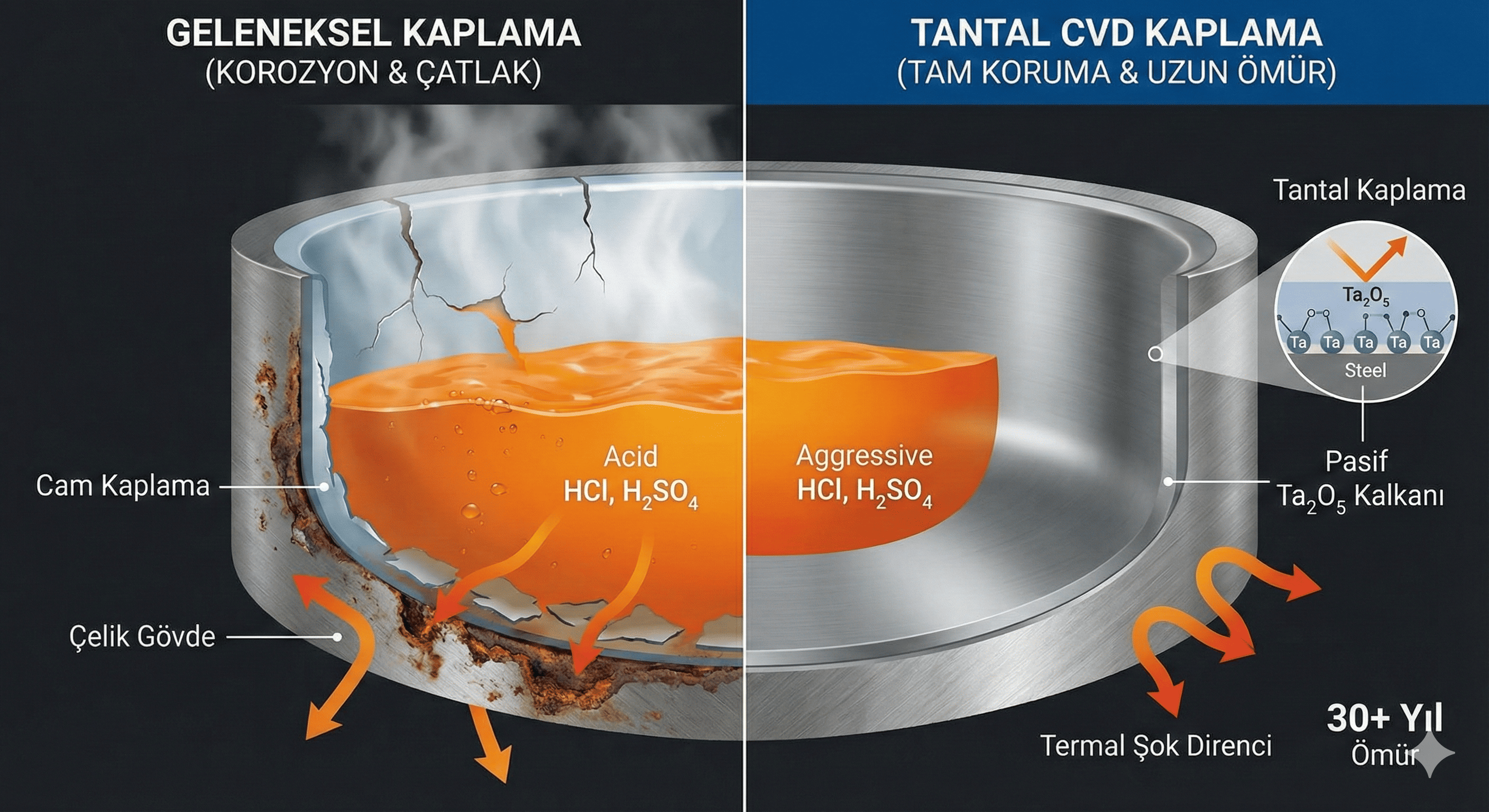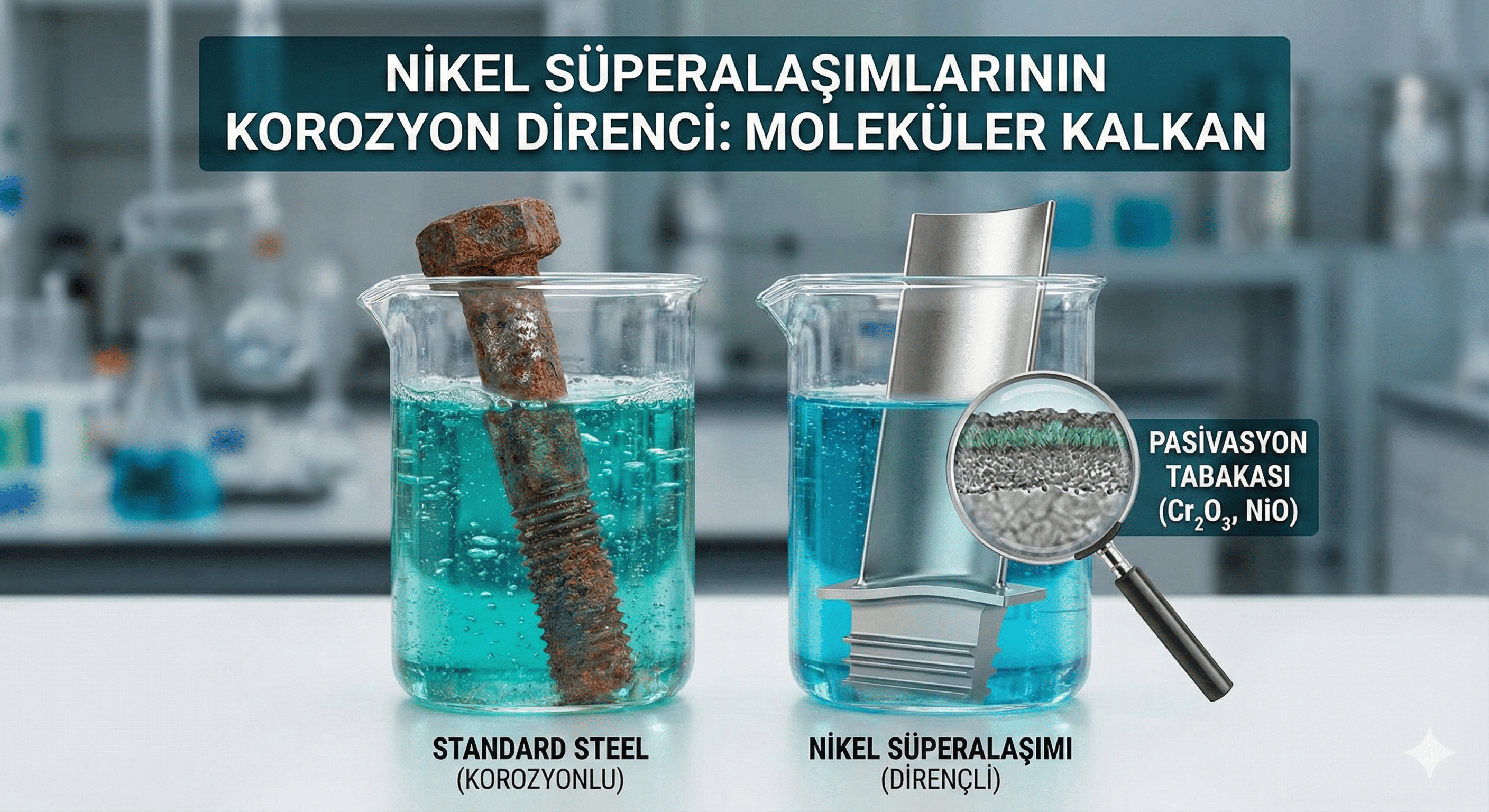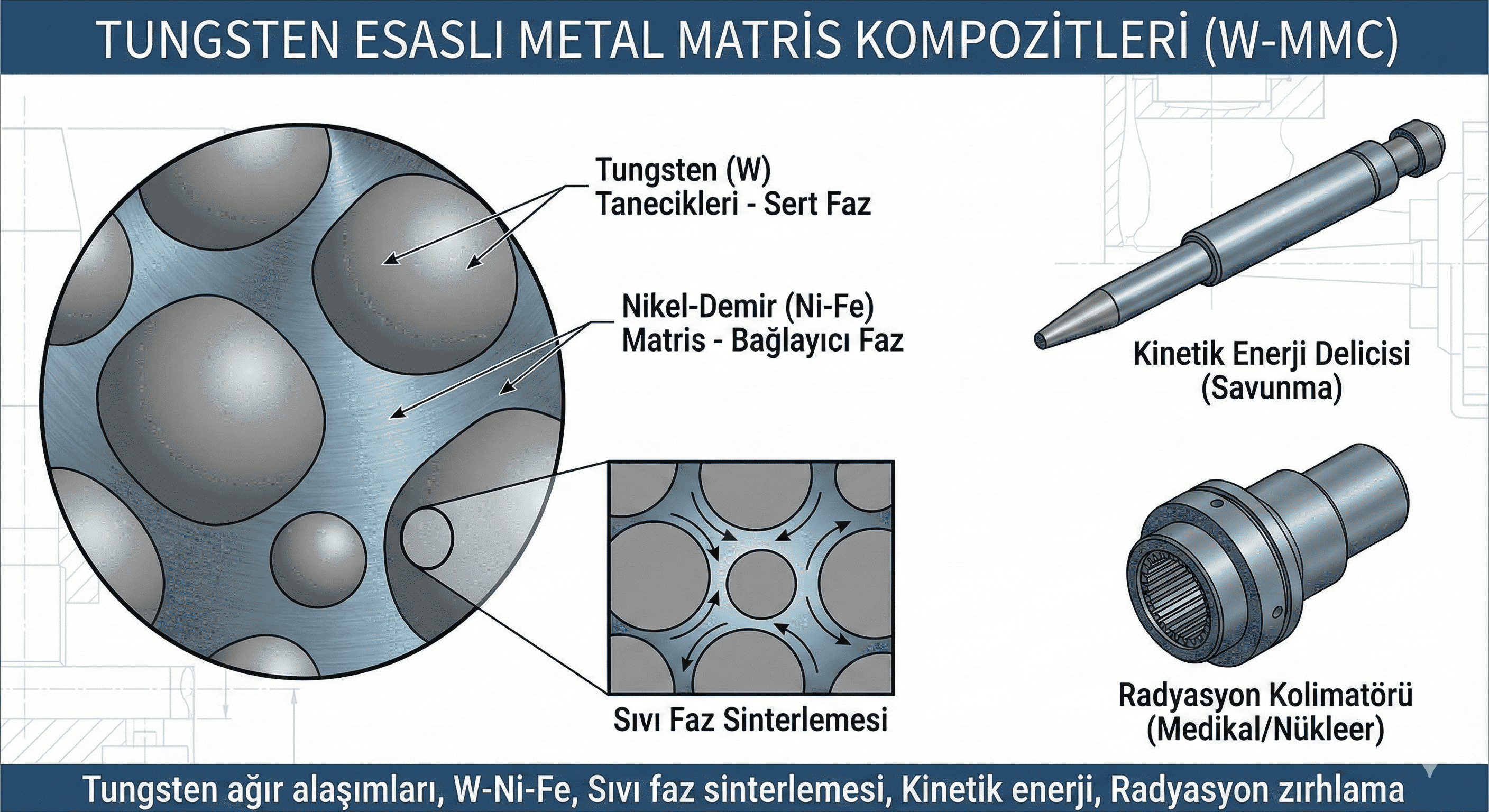Zinc Oxide Treated with Silane Coupling Agents: Properties, Synthesis, and Applications
Introduction
Zinc oxide (ZnO) treated with silane coupling agents represents a significant advancement in the modification of inorganic nanoparticles to enhance their properties and compatibility with various matrices. Silane coupling agents are organic compounds with functional groups that bond with both inorganic surfaces and organic materials, leading to improved adhesion, dispersion, and performance of the treated nanoparticles.
Chemical Properties
- Composition: Zinc oxide is an inorganic compound with the chemical formula ZnO. When treated with silane coupling agents, ZnO particles have a silane coating that facilitates better interaction with organic materials.
- Reactivity: ZnO nanoparticles are highly reactive and can easily interact with silane coupling agents. The reaction typically involves the formation of covalent bonds between the silane’s organic groups and the ZnO surface, enhancing the surface properties of the nanoparticles.
- Oxidation States: Zinc in ZnO is in the +2 oxidation state. The silane coupling agent does not alter the oxidation state of zinc but modifies the surface chemistry of ZnO.
- Surface Chemistry: The application of silane coupling agents modifies the surface of ZnO nanoparticles, improving their dispersibility in organic matrices and enhancing their bonding with polymers, resins, and other materials.
Physical Properties
- Appearance: Zinc oxide treated with silane coupling agents typically appears as a white or off-white powder. The appearance can be influenced by the type of silane used and the extent of surface modification.
- Density: The density of treated ZnO may be slightly altered from the untreated ZnO due to the addition of the silane coating. However, the bulk density remains relatively similar.
- Melting Point: The melting point of ZnO is about 1,975°C (3,587°F). The silane coating does not significantly affect the melting point of ZnO itself.
- Mechanical Properties: The treatment with silane coupling agents can enhance the mechanical properties of ZnO by improving its dispersion in composite materials, leading to better mechanical strength and durability.
- Optical Properties: The optical properties of ZnO can be influenced by the silane treatment. The silane coating might affect the light absorption and emission characteristics of ZnO, though the core optical properties of ZnO remain largely unchanged.
Synthesis Methods
- Silane Treatment Process: The treatment of ZnO with silane coupling agents typically involves the following steps:
- Surface Preparation: ZnO nanoparticles are first cleaned and activated to prepare the surface for silane attachment. This often involves washing with solvents or treating with acids to remove impurities.
- Silane Application: The silane coupling agent is dissolved in a suitable solvent (e.g., ethanol or water) and mixed with the ZnO nanoparticles. The reaction usually takes place at room temperature or slightly elevated temperatures.
- Reaction and Bonding: The silane coupling agent reacts with the hydroxyl groups on the surface of ZnO, forming covalent bonds and creating a modified surface layer.
- Drying and Curing: The treated ZnO is then dried to remove any solvent and allow the silane coating to cure, ensuring strong bonding between the silane and the ZnO surface.
- Choice of Silane Coupling Agents: Common silane coupling agents used for ZnO treatment include:
- Aminosilanes: Such as (3-aminopropyl)triethoxysilane (APTES), which provide amino functional groups for better adhesion to various substrates.
- Epoxysilanes: Such as (3-glycidoxypropyl)trimethoxysilane (GPTMS), which introduce epoxy groups that can react with other materials.
- Methacryloxy Silanes: Such as (3-methacryloxypropyl)trimethoxysilane (MPTS), which offer methacryloxy groups for polymerization reactions.
Applications
- Composites: Treated ZnO nanoparticles are used in composite materials to improve adhesion between the inorganic filler and organic matrix, enhancing the mechanical and thermal properties of the composites.
- Polymers and Resins: Silane-treated ZnO is used in polymer and resin formulations to improve dispersion and bonding, leading to better performance in coatings, adhesives, and sealants.
- Electronics: In electronics, silane-treated ZnO nanoparticles are used in various applications including sensors, transistors, and other electronic components, where improved dispersion and interface compatibility are crucial.
- Catalysis: The enhanced surface properties of silane-treated ZnO make it suitable as a catalyst or catalyst support in chemical reactions, where improved stability and reactivity are desired.
- Environmental Technology: Treated ZnO is used in environmental applications such as photocatalysis for pollutant degradation and water purification, benefiting from improved dispersion and activity.
Safety and Handling
- Toxicity: Silane-treated ZnO nanoparticles are generally considered to have low toxicity. However, appropriate precautions should be taken to minimize exposure to fine powders, which can pose inhalation risks.
- Protective Measures: Use personal protective equipment (PPE) including dust masks, safety goggles, and gloves when handling treated ZnO. Work in a well-ventilated area or fume hood to avoid inhalation of dust.
- Storage: Store treated ZnO in airtight containers to prevent moisture absorption and contamination. Keep it in a cool, dry place to maintain stability and prevent degradation.
Conclusion
Zinc oxide treated with silane coupling agents represents an advanced material modification technique that enhances the performance and versatility of ZnO nanoparticles. By improving the interaction between ZnO and various organic materials, this treatment expands the potential applications of ZnO in composites, polymers, electronics, catalysis, and environmental technologies. Understanding the synthesis methods, properties, and safety considerations of silane-treated ZnO is essential for its effective use in advanced technological and industrial processes.
If you have any more questions or need further details, feel free to ask!





